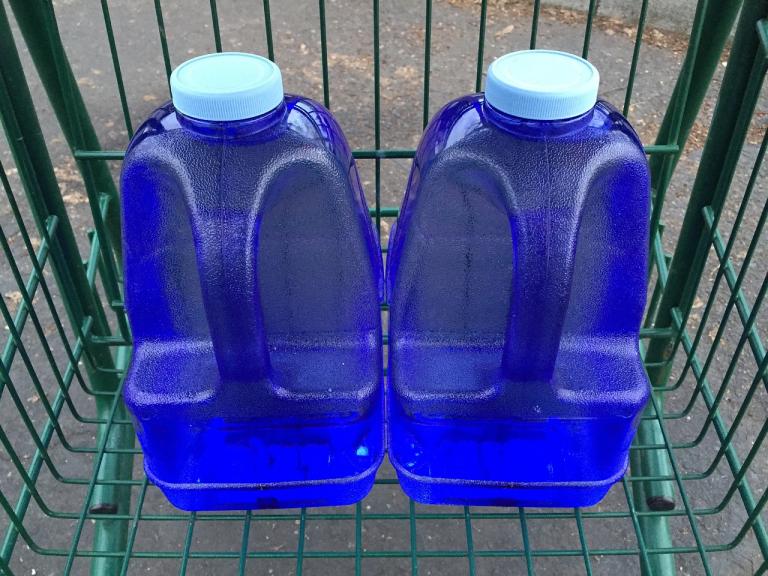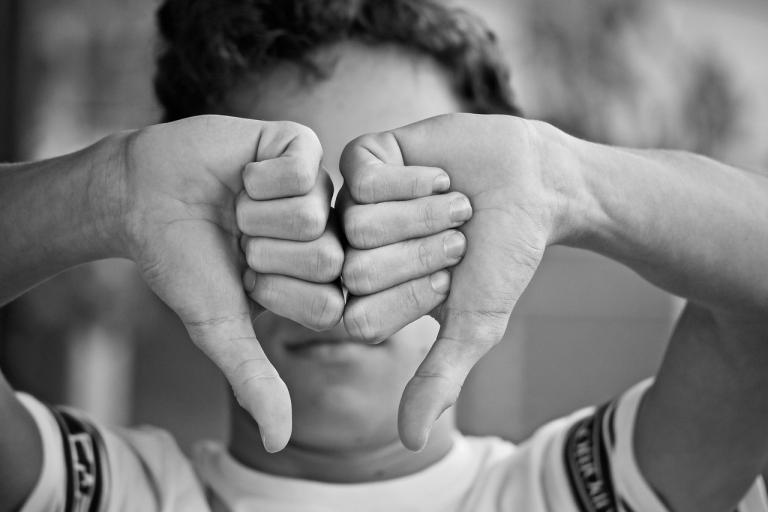Those of us who went to college did some stupid things. Sometimes they were silly, even foolish. But a new craziness has emerged that’s simply dangerous behavior that should concern everyone. You know it’s “hot” when it’s trending on social media, especially TikTok. It is called the BORG. And no, I am not talking about a Star Trek character!
BORG stands for “Black Out Rage Gallon.” BORG drinking began to appear on campuses around 2018, but has skyrocketed in popularity due to social media. This past year, 50 students at the University of Massachusetts were sent to the hospital who took the BORG drinking challenge.
To create the BORG, students created a how-to video recipe: mix a gallon of alcohol (usually vodka), caffeine, flavored water and electrolytes (hoping to prevent a hangover). In the videos, students often put a clever nick name on their gallon jug. So far, the hashtag #BORG has received 74.7 million views.
Once you create your BORG, you take it to parties to drink. It’s a play on the old BYOB (Bring Your Own Bottle). The average drink consists of 17 shots of alcohol (the equivalent of 2 bottles of vodka, rum or tequila). So, basically, the BORG is an easy form of binge drinking. And the added caffeine often masks the immediate effects of the alcohol, leaving students dangerously drunk.
Consuming this much alcohol quickly can lead to overdose, collapse or even death. Behavioral problems manifest as well: fights, injuries, car crashes, higher risk for sexual assault, academic poor performance, and more. And physically, there is a higher risk of alcohol poisoning, high blood pressure, and inflammation.
According to the Alcohol Rehab Guide, 50% of college students engage in binge drinking on campus. And binge drinking is a risk factor for some students to develop Alcohol Use Disorder. In fact, it is estimated that 20% of college students meet the criteria for Alcohol Use Disorder. Additionally, for those at risk for addiction given their genetic profiles, binge drinking can be an entree into a lifetime struggle with addiction.
Bottom line: This college trend is dangerous. Very dangerous. Colleges need to educate students now on the risks; they need to better monitor drinking on their campuses. We do a disservice to students by not helping them understand how their college years’ behaviors can influence life long problems.



